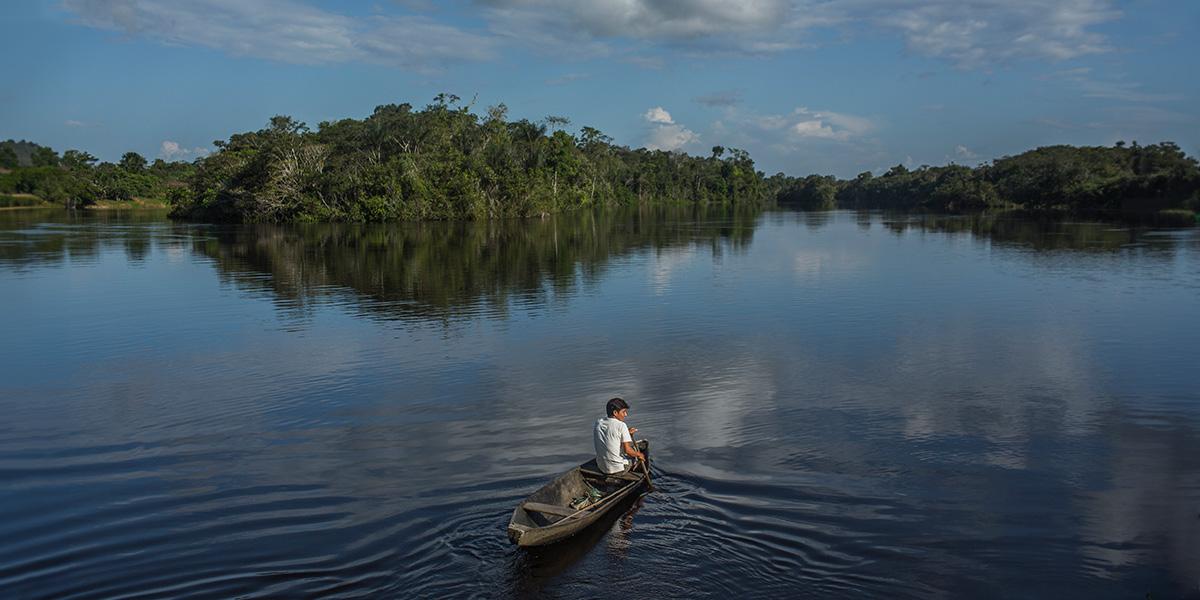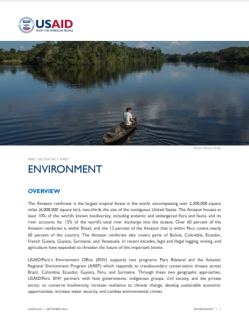Peru / Regional
Environment

The Amazon rainforest is the single largest remaining tropical rainforest in the world, encompassing over 2,300,000 square miles and covering the territory of more than 7 countries in South America. Despite its importance, the Amazon rainforest faces unprecedent challenges coming from the high deforestation rates, illegal activities (mining, loggin, wildlife trafficking) and the conversion of forested areas for agriculture.
To address this issues, USAID/Peru’s Regional Environment Office (ENV) supports two programs:
- Peru Bilateral: which answers the specific challenges to the environment in Peru.
- Amazon Regional Environment Program (AREP): which responds to transboundary conservation threats across Brazil, Colombia, Ecuador, Guayana, Peru, and Suriname.
Through these two geographic approaches, USAID partners with host governments, along with indigenous groups, civil society, and the private sector, to conserve biodiversity, increase resilience to climate change, develop sustainable economic opportunities, increase water security, and combat environmental crimes.
The Environment projects (bilateral and regional) are organized into three main overarching themes:
Climate and Forests
Supporting the implementation of sustainable forest management policies and practices, and contributing to build resilience against the impacts of climate change.
Marine and Water
Protecting the Humboldt Current ecosystem from illegal fishing, and promoting the protection and restoration of natural infrastructure for water security.
Environmental Governance
Supporting actions to safeguard indigenous peoples’ rights and resources and to fight environmental crimes in the Amazon.
Amazon Regional Environment Program (AREP)
USAID/Peru’s Environment Office (ENV) supports the Amazon Regional Environment Program (AREP) which responds to transboundary conservation threats across Brazil, Colombia, Ecuador, Guyana, Peru, and Suriname, and complements bilateral work in these countries.

